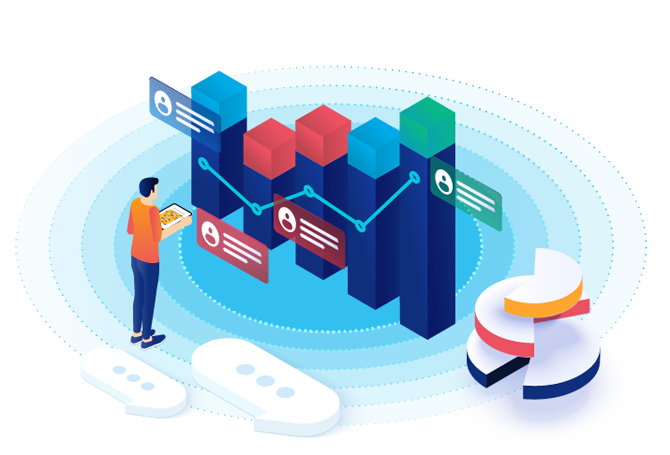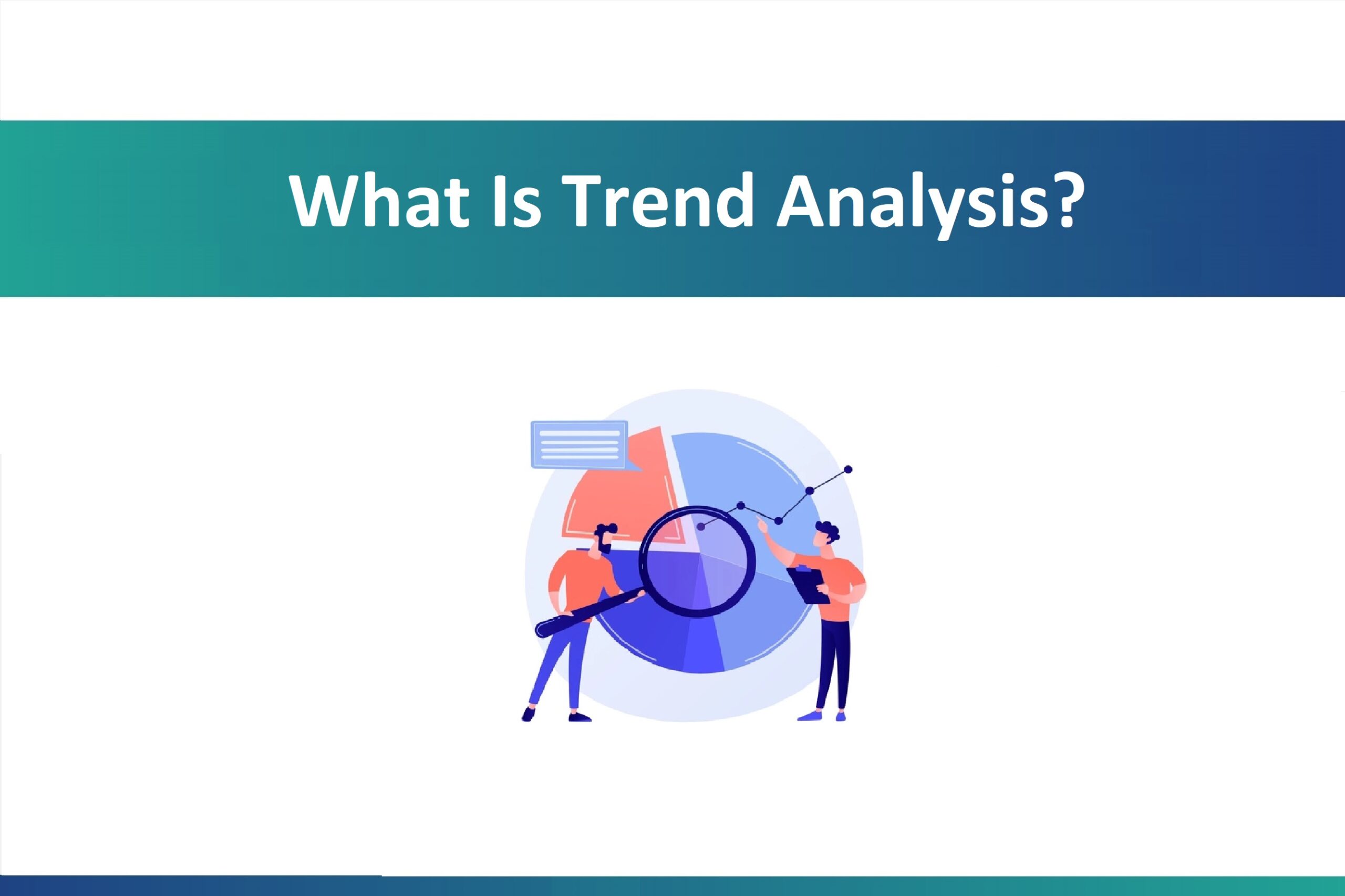Trend Analysis Tools
Trend analysis tools are instrumental in deciphering patterns, fluctuations, and shifts within data sets over time. Businesses, analysts, and researchers rely on these tools to extract valuable insights from large volumes of data, enabling them to comprehend the direction and momentum of various phenomena across different industries and domains.
One of the primary functions of trend analysis tools is to visualize historical data and discern recurring trends or patterns. By examining trends over time, users can uncover underlying dynamics, seasonal variations, and long-term trajectories, facilitating informed decision-making and strategic planning.
Moreover, trend analysis tools often integrate statistical methods and algorithms to identify meaningful trends amidst data noise. Techniques such as regression analysis, moving averages, and exponential smoothing help filter out irrelevant fluctuations, enabling users to focus on significant trends and insights.
Furthermore, these tools facilitate comparative analysis by allowing users to compare trends across different datasets, segments, or market segments. By benchmarking performance and identifying outliers, businesses can gain a deeper understanding of their competitive position and market dynamics.
Additionally, trend analysis platforms may incorporate predictive analytics capabilities, forecasting future trends based on historical data and predictive models. By extrapolating past trends and considering relevant variables, organizations can anticipate changes in consumer behavior, market conditions, and industry trends.
In summary, trend analysis platforms serve as indispensable assets for businesses and analysts seeking to navigate the complexities of dynamic markets and data-rich environments. By leveraging these tools, organizations can uncover actionable insights, mitigate risks, and capitalize on emerging opportunities, thereby gaining a competitive edge in today’s fast-paced business landscape.


